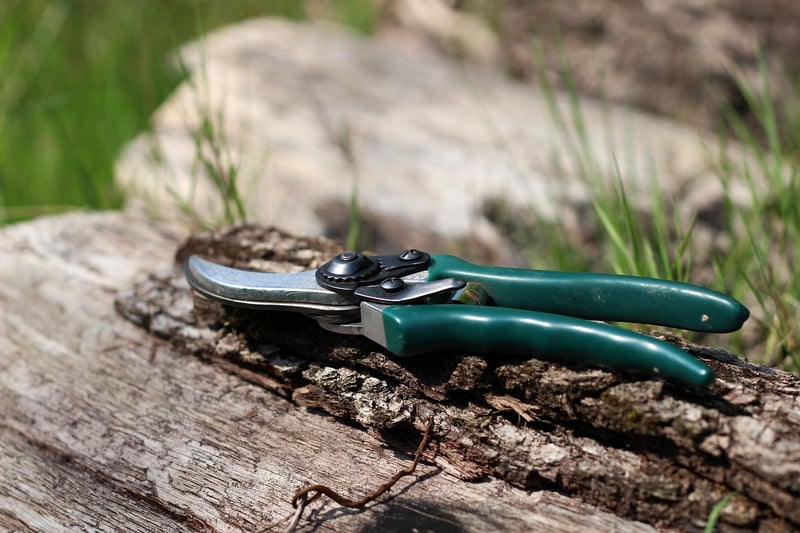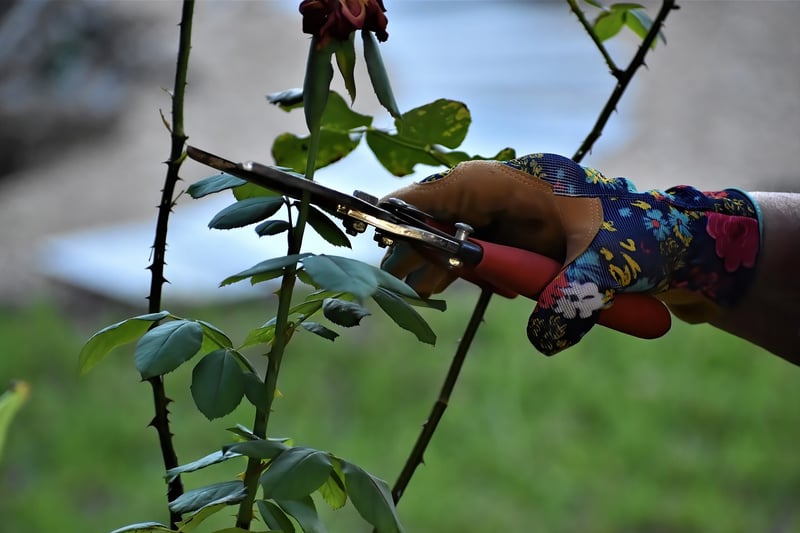Pruning Guide
Caring for Your Garden: A Comprehensive Guide to Pruning
Introduction to Garden Care
Having a beautiful garden requires regular maintenance and care. One essential aspect of garden care is pruning, which helps promote healthy growth, shape plants, and improve overall aesthetics.
Why is Pruning Important?
Pruning is crucial for the health of your plants. It helps remove dead or diseased branches, encourages new growth, improves air circulation, and enhances flowering and fruiting.
When to Prune?
The timing of pruning depends on the type of plant. Generally, pruning in late winter or early spring before new growth appears is ideal for most plants. However, some flowering shrubs may require pruning after they bloom.
Tools for Pruning
It's essential to use the right tools for pruning to ensure clean cuts and minimize damage to plants. Some common tools include pruning shears, loppers, pruning saws, and hedge trimmers.
Pruning Techniques
- Deadheading: Removing dead flower heads to promote new blooms.
- Thinning: Removing excess branches to improve air circulation and light penetration.
- Heading Back: Cutting back a portion of a branch to stimulate growth.
- Rejuvenation Pruning: Cutting back old branches to encourage new growth.
Common Mistakes to Avoid
Avoid over-pruning, cutting too close to the main stem, and pruning at the wrong time of year. These mistakes can stress plants and affect their growth.
Conclusion
Pruning is an essential aspect of garden care that can help you maintain healthy and vibrant plants. By following proper pruning techniques and timing, you can ensure your garden thrives throughout the year.

For more detailed pruning guides for specific plant types, consult reputable gardening resources or seek advice from local horticulturists.
Remember, a well-pruned garden is a happy garden!
